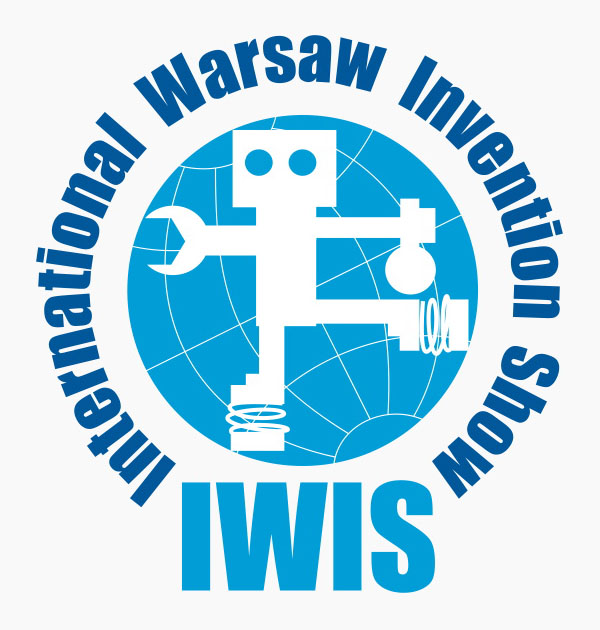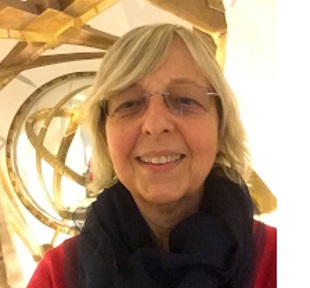1st International Conference
Functional and Engineering Materials - FEM 2019
The 2019 FEM Conference will take place from October 16 to October 18, 2019,
at Lodz University of Technology, Lodz, Poland.
Register Now
Submit abstract
Programme
The Scientific Committee of FEM Conference recommends to participation
in the International Warsaw Invention Show 2019 (from October 14 to October 16, 2019)

IWIS is the largest in Poland and one of the biggest in Europe international event related to innovation and inventiveness. Last editions, the IWIS was attended by the representatives from lots of Asian, African, American and European countries such as: Saudi Arabia, Croatia, Egypt, Iran, Canada, Malaysia, Korea and United Kingdom. Last year polish and international inventors presented more than 400 inventions. These solutions provide an overview of technical developments, some of them are used in practice. Each year, the International Warsaw Invention Show is accompanied by lectures and seminars on intellectual property rights and granting of patents.



